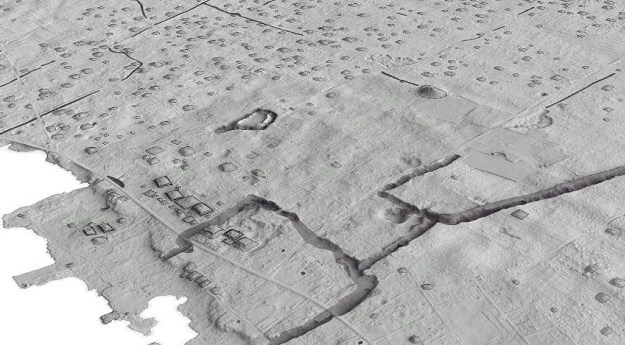This article is an extract from the upcoming October/November issue of Position magazine.
An important part of converting from paper-based spatial information to the digital form has been the development of a number of key policies of data management. ANZLIC (then the Australian Land Information Council) saw this as a good starting point when it was formed in 1986. One of its initial policy papers dealt with data set custodianship, and subsequently this concept has become well established. Although fundamental to data management, appointing a single custodian has its drawbacks when it is applied to complex data sets with many users and contributors. This is certainly true in relation to a road centreline data set, particularly when the definition of a ‘road’ includes the full range from highways down to walking tracks.
A recent collaboration between organisations in the ACT has addressed this issue by adopting the concept of ‘stewardship’. Through this approach, many of the roles of the traditional ‘custodian’ are shared amongst a number of organisations. Each has its own specific needs that would not necessarily be seen as a high priority by the others, complicating custodian appointment. In this ACT case study all are custodians, however, the resulting ‘single point of truth’ data set is managed by only one, the data set ‘steward’. While this approach has been an important outcome of this collaboration, other aspects also make the ACT Road Centreline Project worthy of closer examination.
We all use the road network for one purpose or another, and hence it is one of the most important infrastructures in our complex world. Because of its multi-faceted function, information about the network is fundamental to a range of government agencies and private sector segments. This creates some unique administrative and management challenges, and the potential for inefficiency and duplication, as each interested party strives to meet its own unique requirements. The level of detail appropriate to each viewing scale adds a further dimension of complexity. For example, a national data set needs to focus on major roads, however, an operational area may require much more detail to service its users. In the case of emergency services, this could be just a private driveway.
Geoscience Australia (GA) has been charged with the implementation of a set of fundamental spatial data sets through the National Topographic Information Coordination Initiative (NTICI). When considering how best to compile a national road centreline data set, GA had some preliminary discussions with ACT agencies that were also addressing the issue for the Territory. The ACT government initiative, referred to as ‘Virtual ACT’, was seeded in the Environment and Planning Directorate (EPD). A meeting held in June 2011 brought these parties together, along with other stakeholders including ACT Emergency Services (ESA), the ACT Territory and Municipal Services Directorate (TAMS), and the Public Sector Mapping Authority (PSMA). As the geographic extent also involved areas of New South Wales, it was agreed to invite the relevant NSW agencies to participate.
This group agreed to initiate the ACT Road Centreline Data Set Project and settled on three stages, commencing with data assessment, progressing through data integration, and finally schema testing, leading to ongoing management of the combined dataset. Alignment with existing national data standards was also agreed, as was the role of the ACT government agencies in the implementation and ongoing maintenance phases. Geoscience Australia provided the seed funding, and the project was conceived. No specific time frame was set, as the quality of the result was seen as paramount.
The objective of the project (which has now been substantially achieved) is to establish a reliable, complete, consistent and accurate ‘single point of truth’ road centreline dataset for the ACT Government, and ensure its ongoing management and accessibility. The road network is also the basis for street addressing and, therefore, improvements in this data set are a corollary to the project. In achieving this objective, it was a requirement that the outcome aligns with the ICSM Transport Working Group Schema, and be capable of feeding into national initiatives such as the PSMA ‘Transport and Topographic Data Product’, NTICI and the ANZLIC ‘Foundation Spatial Data Framework’ (FSDF).
…
The rest of this article will be available in the upcoming October/November issue of Position magazine.














